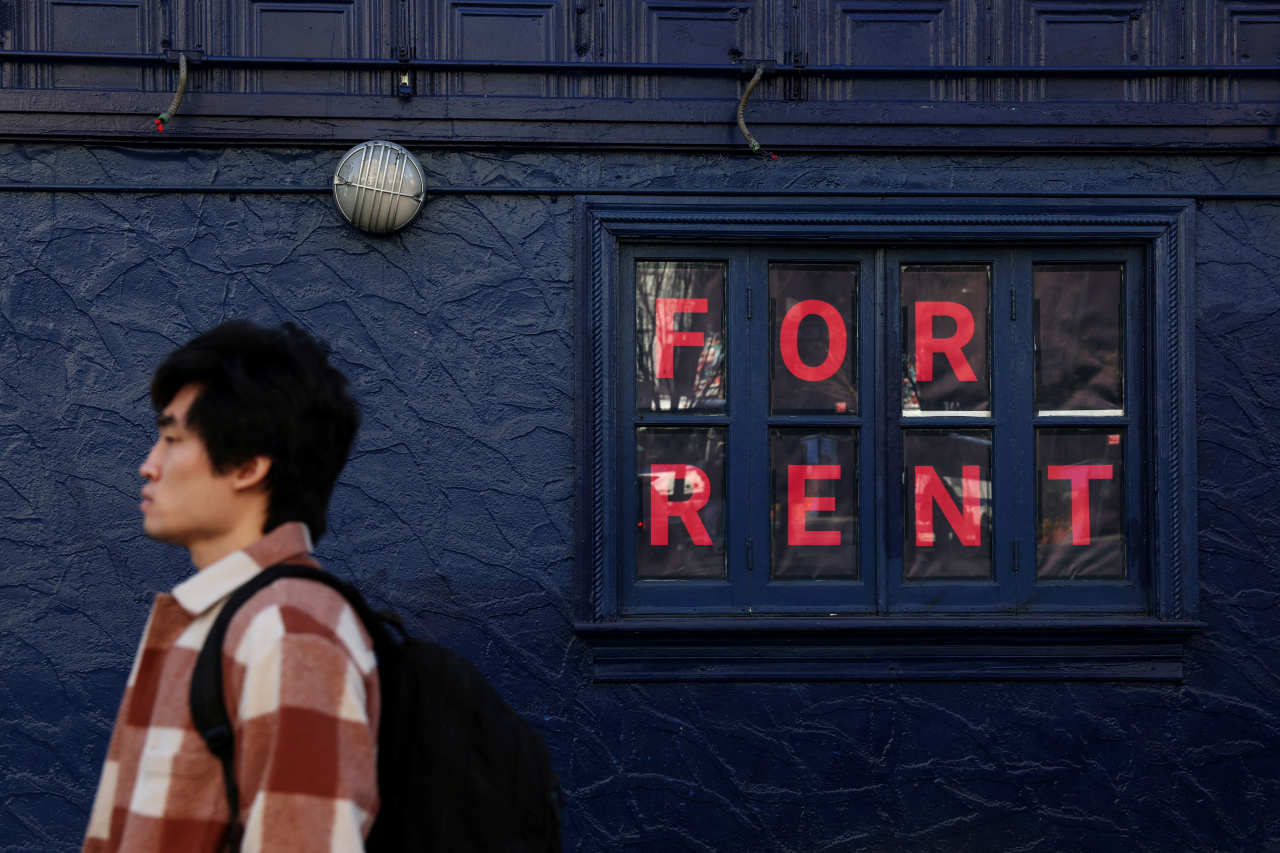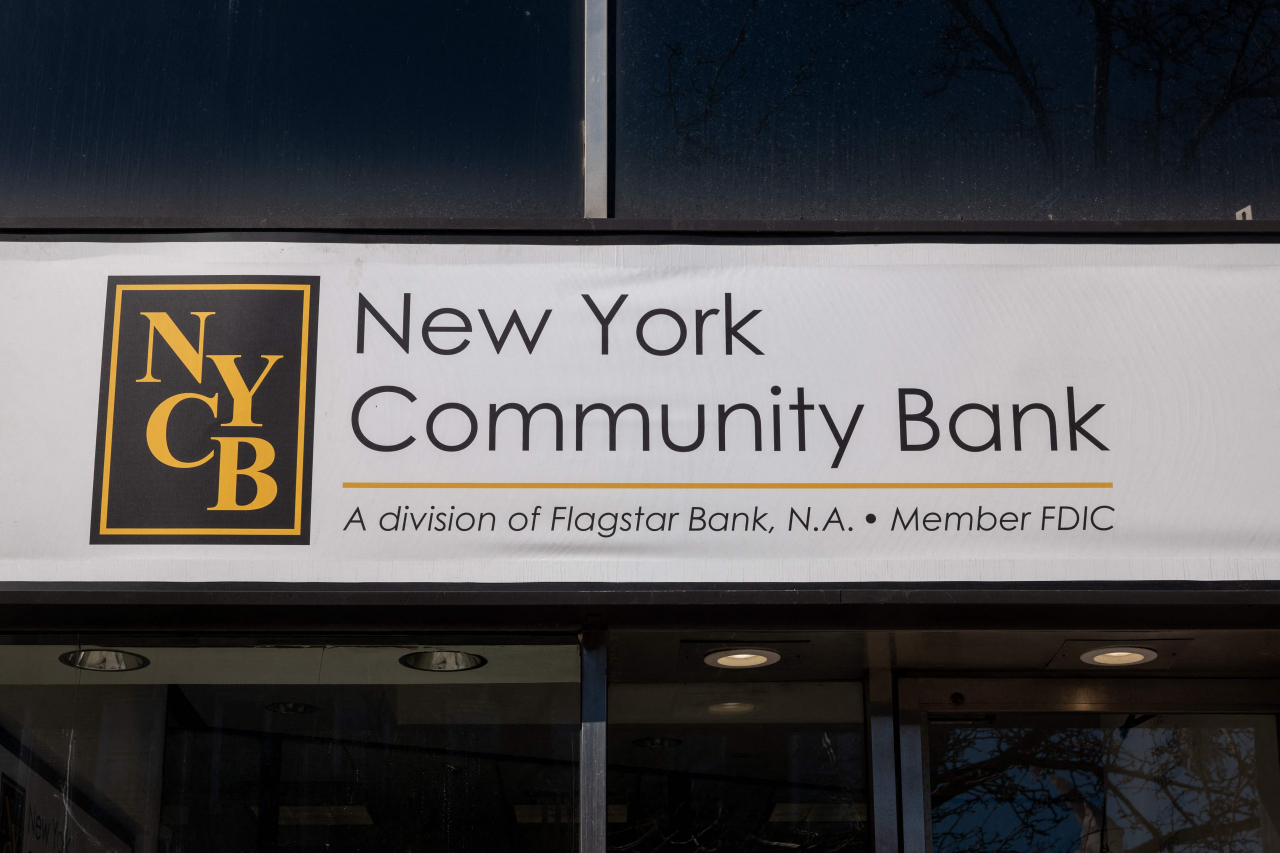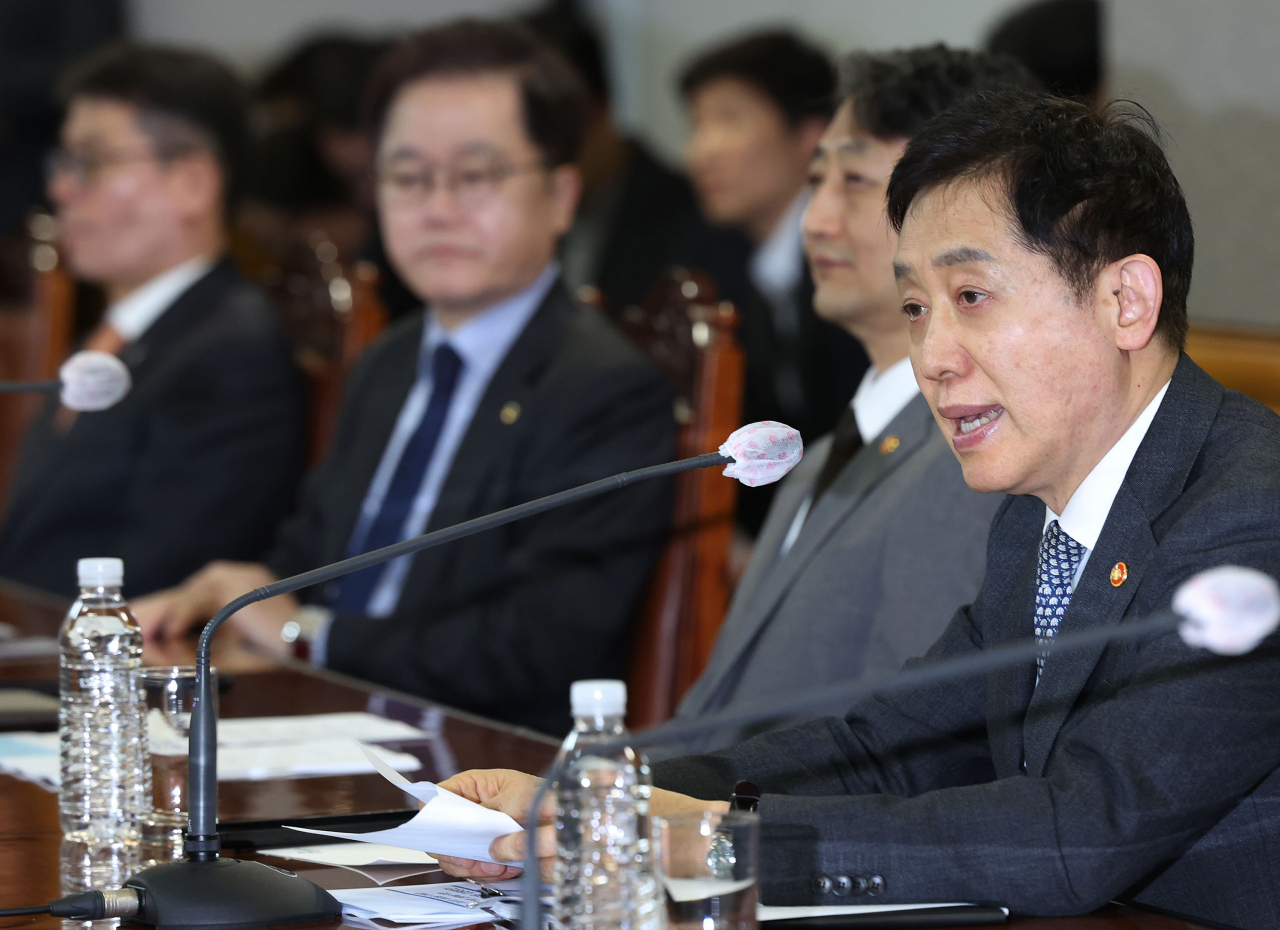US commercial property crisis looms over Korea
Big five financial firms brace for W20tr in risks stemming from overseas real estate investments
By Choi Ji-wonPublished : Feb. 18, 2024 - 17:38

The downturn in the US commercial property market, which has already hit banks in New York, Japan and Europe, is beginning to loom over South Korea, with around 1 trillion won ($750 billion) in losses already confirmed by the big financial conglomerates.
The total amount of overseas commercial real estate exposures (risks inherent in investments) by the five major Korean financial companies has reached 20.39 trillion won so far, according to data received from the companies and compiled by Rep. Yang Kyung-sook of the Democratic Party of Korea. This figure only encompasses the investments made by the companies themselves and excludes overseas real estate funds sold to customers.
Among the top five financial groups, Hana Financial Group holds the largest exposure at 6.25 trillion won, followed by KB Financial Group at 5.65 trillion won, Shinhan Financial Group at 4 trillion won, NongHyup Financial Group at 2.35 trillion won and Woori Financial Group at 2.14 trillion won.
The original principle of 10.44 trillion won invested via alternative investments other than loan receivables -- such as beneficiary certificates and funds -- by the five firms is now valued at 9.34 trillion won, reflecting a 10.5 percent loss, according to Rep. Yang's data.
In terms of the investment amount exclusive of loans, KB logged the highest among the five groups at 2.8 trillion won, followed by Shinhan at 2.78 trillion won, Hana at 2.61 trillion won and NongHyup at 1.81 trillion won.
Hana performed the worst so far, with its evaluated return rate on the investments standing at minus 12.22 percent. KB and NongHyup also registered a return rate lower than minus 10 percent, with KB at minus 11.07 percent and NongHyup at minus 10.73 percent.
Of the 20.39 trillion won invested by South Korean financial conglomerates, 56 percent -- approximately 11.4 trillion won -- were spread out in North America.
The commercial property sector has been under intense pressure globally as interest rates surged over the past few years, resulting in a price tumble of 11 percent in the US, the world's largest commercial property market, since March 2022.
Concern has escalated recently as plummeting property values begin to affect banks not only in the US but also around the world.

The big signal came with New York Community Bancorp's near-40 percent share price slash on Jan. 31. The stock price plunge followed the lender's unexpected quarterly loss of $252 million, leading to one of the largest sell-offs in regional US bank stocks. NYCB's share price eventually dropped to almost half of its starting point this year, reaching the lowest level since 1997.
Following the incident, the US financial regulators stated they were "closely focused" on risks in commercial real estate loans.
“For a small number of banks with a risk profile that could result in funding pressures for the firm, supervisors are continuously monitoring these firms,” the US Federal Reserve's Vice Chair for Supervision Michael Barr was quoted saying Friday in a report by Bloomberg.
German lender Deutsche Bank and Japan's Aozora have also reported substantial losses from real estate loans in the US market in recent weeks, sending their stock prices plunging at significant levels.
The Korean financial industry is feeling the effects as local companies begin to record valuation losses from their overseas real estate investments in their accounting books. Last year saw a total realization of 1.05 trillion won, which included around 100 billion won of reserves.
Furthermore, the financial soundness of related loans and investment assets is deteriorating rapidly. According to data from Rep. Yang, some financial groups have seen the proportion of risky assets in the sector exceed 15 percent of the total.

Under this circumstance, the local financial watchdog has stepped up its oversight of the financial sector and is currently scrutinizing individual investments made by local financial firms. Recently, a local insurance firm faced sanctions from the Financial Supervisory Service due to poor risk management.
The FSS disclosed earlier that the comprehensive amount of alternative investment made through overseas real estate by local financial companies -- including banks, brokerages, investment firms, and mutual savings banks -- exceeded 55 trillion won as of June. Investment companies accounted for the largest share at 31.7 trillion won, followed by banks at 9.8 trillion won and securities firms at 8.3 trillion won.
Of the total, 14.1 trillion won was expected to mature this year, according to the FSS.
As concerns mounted, the top financial regulator sought to reassure that the impact of losses from overseas property investment would be "limited," representing less than 1 percent of the entire assets owned by local financial companies.
"The maturities of the overseas real estate funds are spread out over the next few years, and most of the investors are institutions," stated Financial Services Commission Chairman Kim Joo-hyun on Thursday, adding, "(Even for the institutional investors), their loss-absorbing capacity is solid, so it's not something to be so worried about."



















